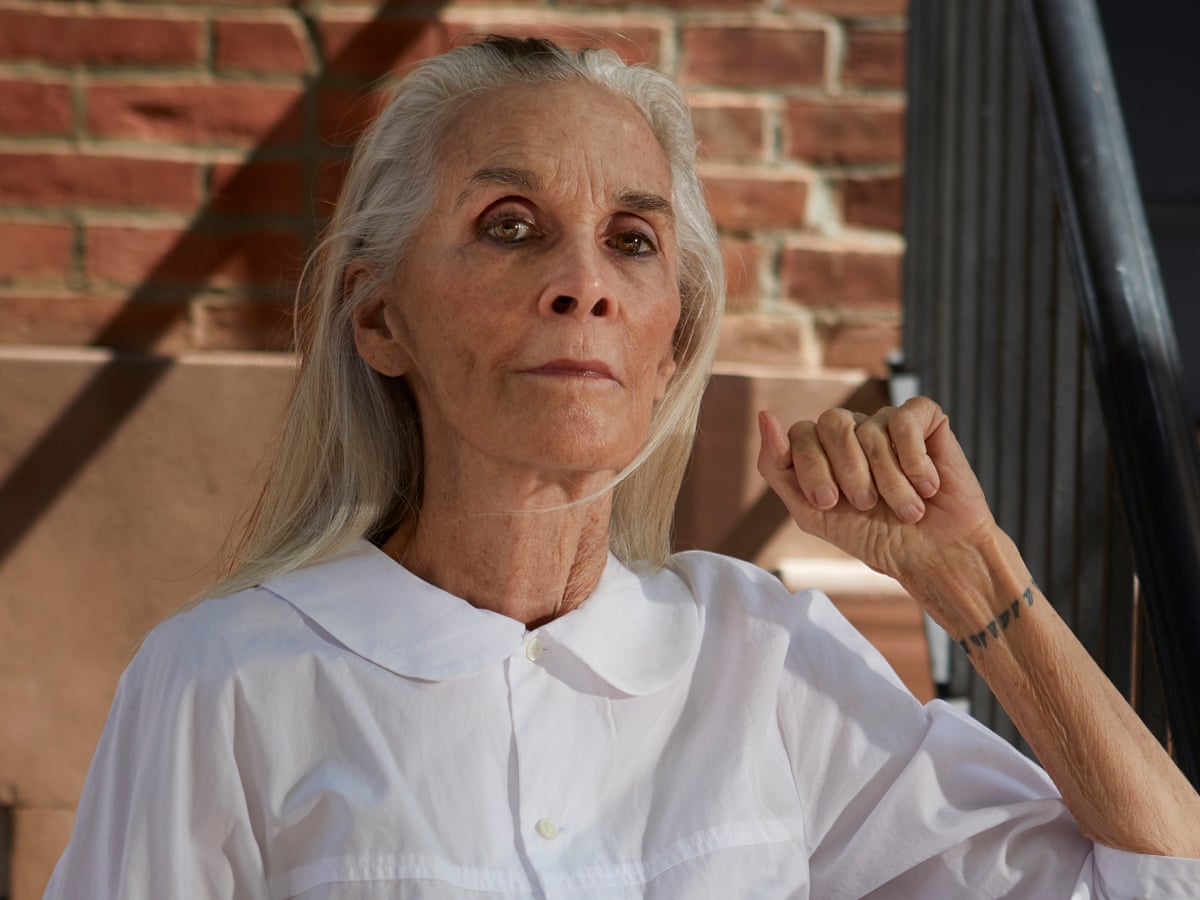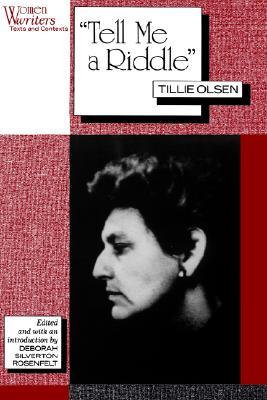- Susanna Moore Husband
- Susanna Moore Memoir Death
- Susanna Moore Actress
- Susanna Moore Photos
- Susanna Moore Writer
NPR’s sites use cookies, similar tracking and storage technologies, and information about the device you use to access our sites (together, “cookies”) to enhance your viewing, listening and user experience, personalize content, personalize messages from NPR’s sponsors, provide social media features, and analyze NPR’s traffic. This information is shared with social media, sponsorship, analytics, and other vendors or service providers. See details.
Miss Aluminum: A Memoir Susanna Moore. Farrar, Straus and Giroux, $27 (288p) ISBN 978-0-374-27971-4. Novelist Moore (My Old Objects) recounts drifting aimlessly through young. Susanna Moore, 74, of New York, says she was seduced by actor Jack Nicholson In a new memoir, the author reveals intimate details of life in Hollywood in 1970s.

- A Memoir by Susanna Moore ISBN: 714 / 288 pages Transporting readers to a dynamic era in American culture, acclaimed writer Susanna Moore reflects on her coming-of-age during the 1960s and 1970s, a journey that begins with her mother’s death when Moore was just twelve years old and culminates in a hard-won arrival at selfhood after.
- A revealing and refreshing memoir of Hollywood in the 1970s In 1963 after the death of her mother, seventeen-year-old Susanna Moore leaves her home in Hawai'i with no money, no belongings, and no prospects to live with her Irish grandmother in Philadelphia. She soon receives four trunks of expensive clothes from a concerned family friend, allowing her to assume the first of many disguises she.
You may click on “Your Choices” below to learn about and use cookie management tools to limit use of cookies when you visit NPR’s sites. You can adjust your cookie choices in those tools at any time. If you click “Agree and Continue” below, you acknowledge that your cookie choices in those tools will be respected and that you otherwise agree to the use of cookies on NPR’s sites. Mbo navigator manual.
Susanna Moore Husband
I Myself Have Seen It: The Myth of Hawaii

Susanna Moore Memoir Death
By Susanna Moore
National Geographic Directions, 184 pages, $20
Susanna Moore spent her childhood in Hawaii, the daughter of two parents with movie-star looks, the sister of two brothers and eventually a sister, a member of 'a mainly haole [white] elite' society. 'On the weekends,' Moore writes in 'I Myself Have Seen It,' her enthralling memoir/history book, 'we went into the mountains, depending on the season, to pick ginger and to dig up rare ferns to grow in pots, and to float down the flumes, absolutely forbidden to us, that carried the cold mountain water that irrigated the pineapple and cane fields.'

Oh what a childhood it was. Sims 4 adult mods. Oh what opportunities were reveled in by a wide-eyed, intelligent, mischievous girl. Moore had the great good sense in her youth to be alive to Hawaii's allure--to swim all day long, to travel from island to island, to eat even the flowers that she found.

'When I was nine,' she writes, 'I was taught to ride a surfboard in Waikiki by the beach-boy Rabbit Kekai. . . . Ankle bands that attached by plastic cord to the board had not been invented. Neither Rabbit nor myself found it unseemly or even uncomfortable to assume our position--I would lie on my stomach facing the front of the board with my legs pleasantly spread so that he could slide on behind me. He also lay on his stomach, between my legs, his chin resting on my bottom.'

'I Myself Have Seen It' is a book about the myths of Hawaii--a book about history, primarily, until the myths Moore wishes to reflect upon become her own. Over the course of its first many chapters, the book explores the antecedents of Hawaiian culture--the seeds that washed ashore; the Polynesians who arrived from the South Pacific in 600 A.D.; the adventures of Capt. James Cook and his men, who appeared in the midst of a thunderstorm in 1778; the missionaries who invaded in the early 19th Century, determined to endow the natives with purifying enlightenment. There are myths, Moore persuasively argues, attached to every one of these events, ways of positioning or retelling the tales that affect the very idea of what Hawaii was and is.
Susanna Moore Actress
Moreover, with the arrival of each new culture or population came the eradication of something precious and irreplaceable. The rats that were likely canoed across the oceans attacked and decimated the native flightless birds. The cows that were introduced by one Capt. Vancouver chomped through native plant life, fowl and local thatched roofs. And the missionaries, determined to 'improve' the lives of the people, decreed local customs godless and replaced them with instructions in English grammar, religion and needlework:
Susanna Moore Photos
'The chants and hula, most of which had been passed from generation to generation for centuries, were forbidden; a suppression that would prove catastrophic for the Hawaiians. The chants contained everything a person needed to know about the world; it was a way to worship the gods, to call warriors to battle, to mourn a king, to court a lover, to celebrate the birth of a child.'
Susanna Moore Writer
With its historical sweep and its intimate revelations, with its emphasis on myths and what they mean, 'I Myself Have Seen It' is a marvelous hybrid of a book, an engrossing read even for those of us who have not yet pulled a guava from a tree.
